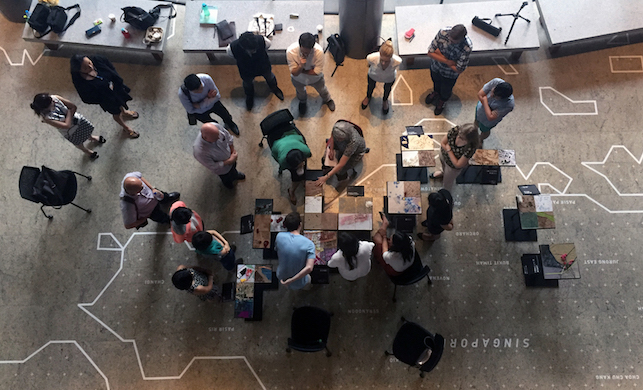Our Vision
Sustainable cities and settlement systems
through science, by design, in place, over time

Through Science
To achieve sustainability, science is essential. Science provides the basis for understanding how cities and settlement systems develop and interact with the environment at different scales. Settlement systems are composed of ecological armatures, physical stocks, resource flows, social institutions, and cultural catalysts whose interactions generate a quantifiable ‘metabolism’. The scientific focus of our research is to understand how such metabolisms interact with natural systems and might be sustainably planned.
By Design
A sustainable settlement system must also be liveable. To achieve liveability, design is essential. Design is a collaborative process that combines analytical techniques, imaginative strategies and transdisciplinary knowledge to generate new ideas and bring them to fruition. Design skills bring often conflicting technical, economic, social, and cultural demands (such as environmental sustainability, profit, comfort, convenience, identity, security, satisfaction, and desire) into dialogue to create innovative and harmonious development plans and visions.
In Place
Science and design are effective only if they serve places and the lives that are lived in them. Places result from common processes (growth and decline; competition and cooperation; ebb and flow of capital, people, goods and ideas; and climate change) and differentiating factors (geography, culture, language, and history). Our research addresses diverse lived places, from compact cities with high population densities to extended settlement systems with a mosaic of rural and urban land uses.
Over Time
Cities and settlement systems are never the result of singular actions of individual institutions, no matter how grand or powerful they may be. Rather, they take shape over time – be it the gradual accretion of historical city fabric and settlement landscapes, or the rapid transformations of ‘modernisation’. The temporality of change also has a trajectory. In this sense, sustainable cities and settlement systems must be shaped according to less linear and more cyclical trajectories, in which the many and varied lifecycles of landscapes, buildings and infrastructures are taken into account.